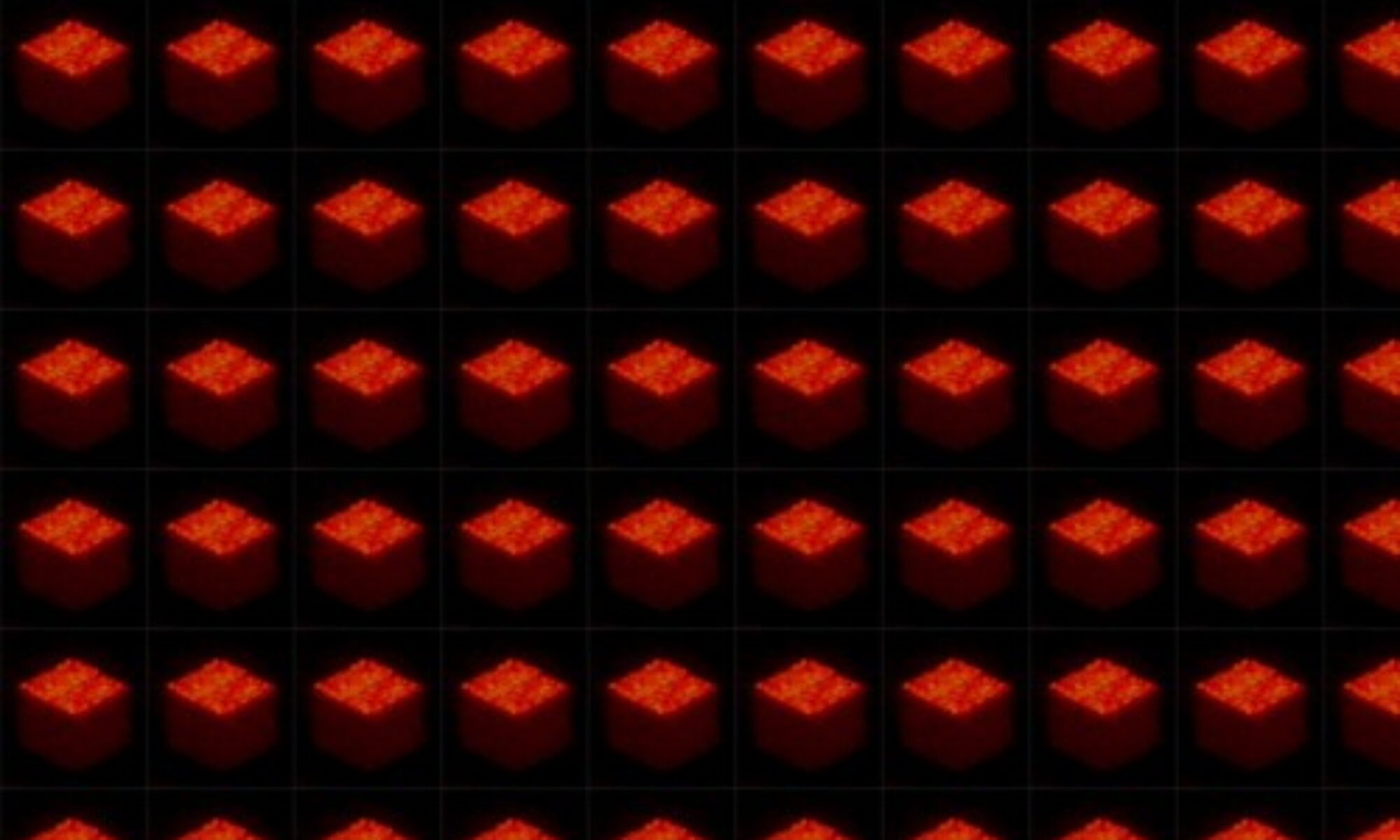The 7th Annual London Plasmonics Forum was held online on 9 June 2021. Hosted by Professor Anatoly Zayats, PI of the EPSRC Programme Grant Reactive Plasmonics, the event was held online for the 2nd year in a row due to restrictions still being in place for large events.
As Reactive Plasmonics is coming to an end, this event also functioned as the final advisory board for the grant. It showcased the plasmonics research carried out during the past six years, including the discovery of new materials for hot electron applications, plasmonics chemistry and photocatalysis and the use of hot electron in optoelectronics.
In the afternoon, the Plasmonics Forum welcomed two external speakers. Ruben Haman from Vrije Universiteit Amsterdam gave a talk entitled ‘Super-resolution mapping of a chemical reaction driven by plasmonic near-fields’ and Dr Wouter Koopman from Universität Potsdam spoke about ‘The importance of heat in plasmon driven coupling reactions.’
After the talks, Plasmonics researchers participated in a round table discussion about the future of the field, with new ideas for nanostructures and materials.
As the Plasmonics Forum poster session was online, entries to the poster session came from far and wide. Dr Nina Meinzer from Nature Physics, Dr Rachel Won from Nature Photonics and Dr Anna Demming from New Scientist formed the judging committee, with two winners being picked. When judging the posters, the committee considered the science presented, the poster’s design, and the flash poster presentation.
Congratulations to the winners Dr Ming Fu from Imperial College London ‘Directional Enhanced Raman Scattering Coupled into Plasmonic Waveguide with Near-Unity Couple Efficiency’ and Dr Joannna Symonowicz from the University of Cambridge for ‘Real-Time In-Situ Optical Tracking of Memrisitive Switching.’
You can watch recording so of the event below and see the posters from the AM session here and PM session here
